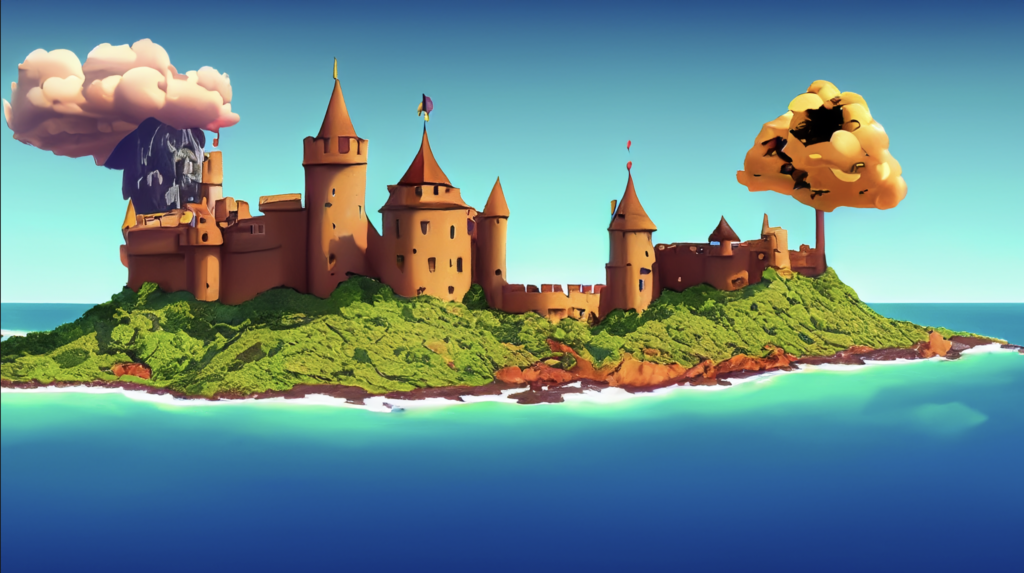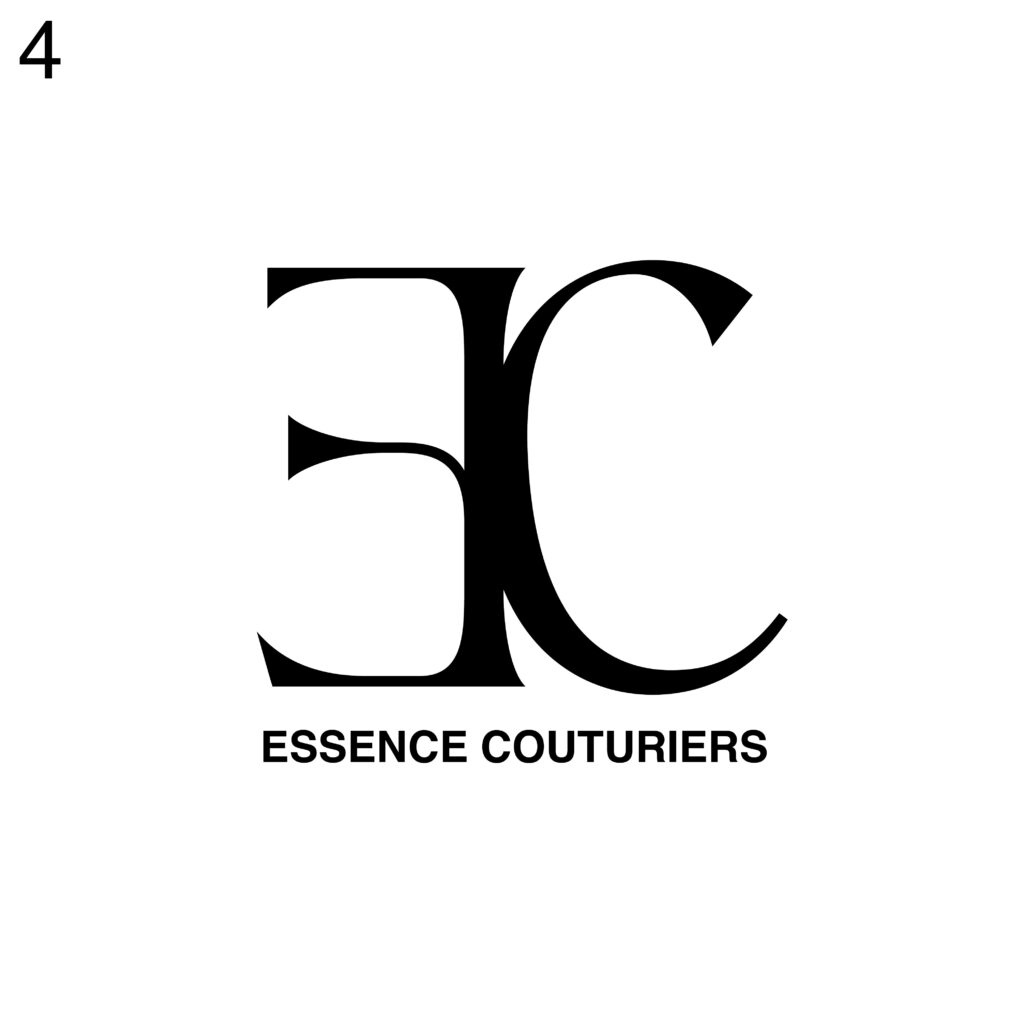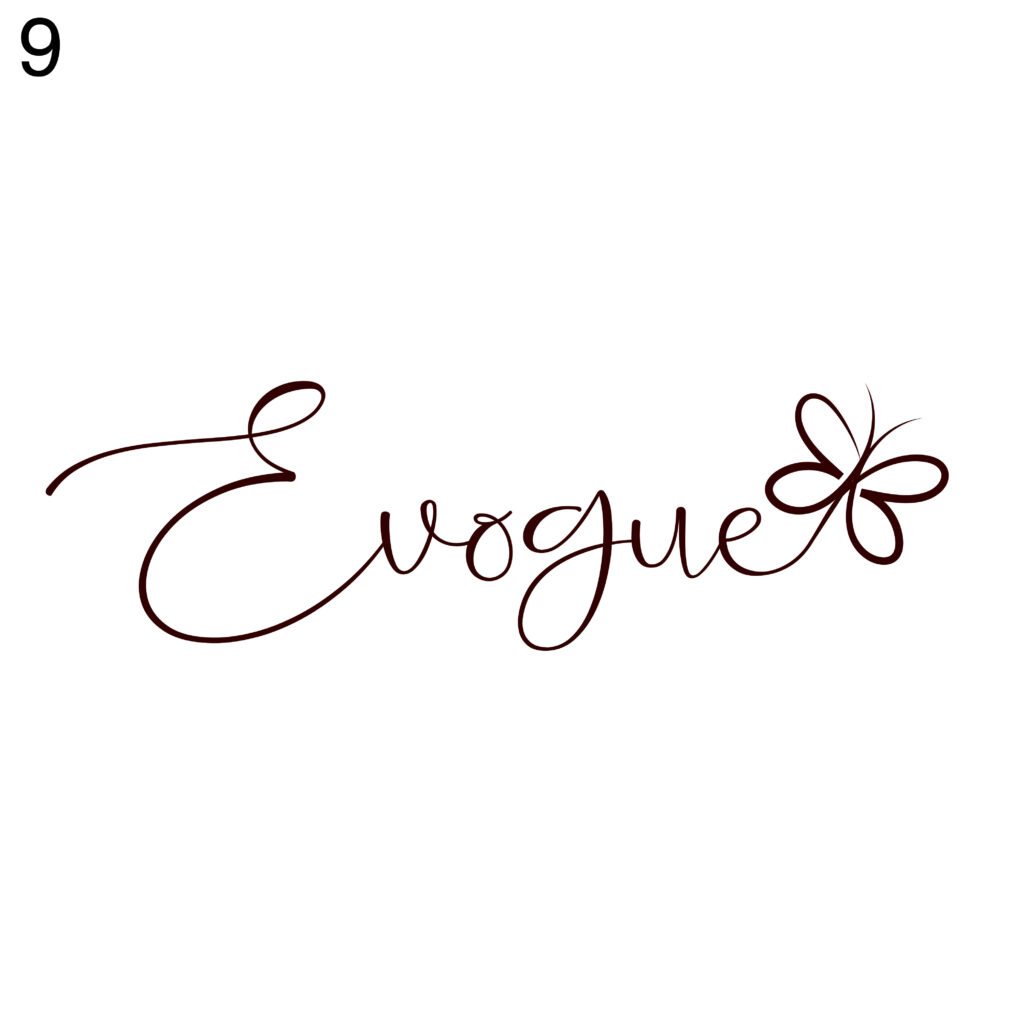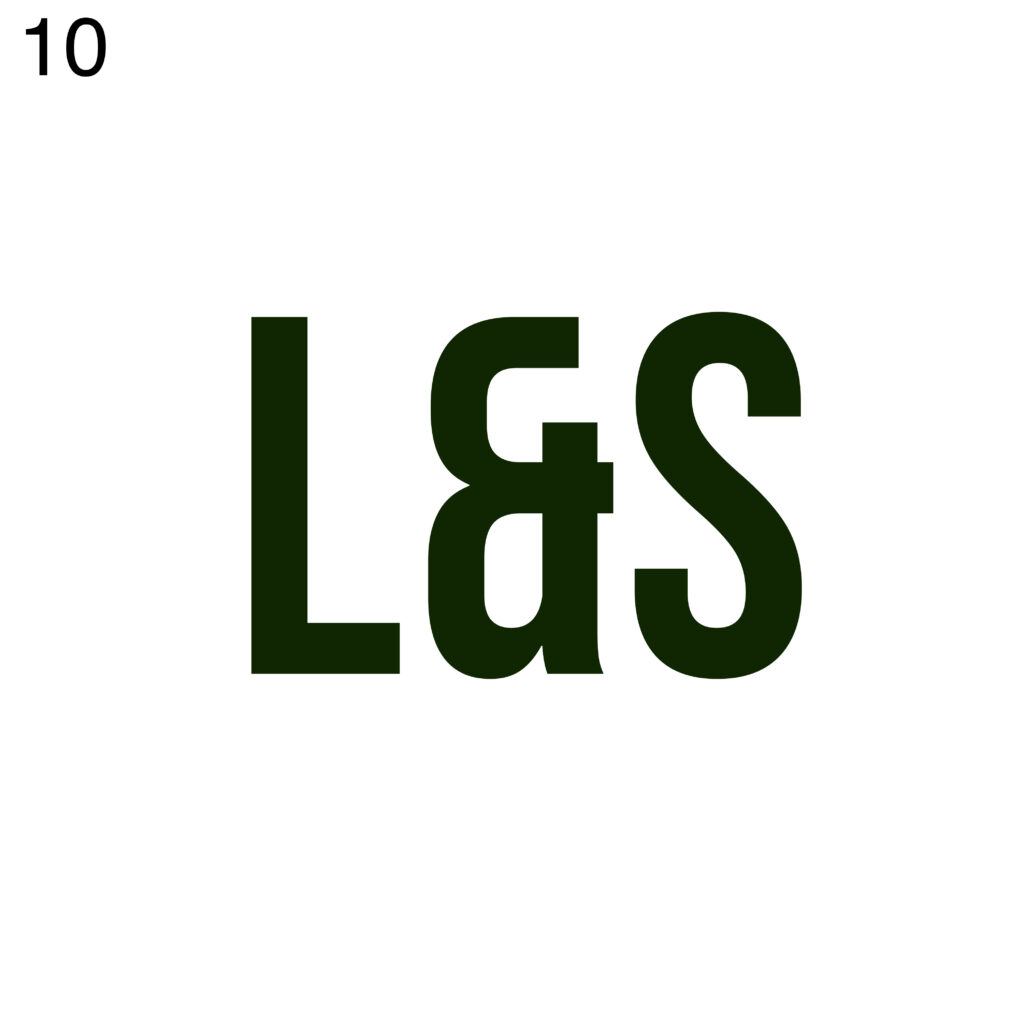In the present, the employment of smartphones and tablets among young children has become an area of interest for researchers. The study “Young Children’s Use of Smartphones and Tablets”, conducted by Jenny S. Radesky and her colleagues, explores the intricate nuances of young children’s engagement with technological devices. The purpose of this research is to comprehensively examine the implications of smartphone and tablet usage on the development and well-being of our new generation. By employing a discourse analysis approach, the study looks at different aspects of young children’s interaction with these devices, exploring both the benefits and potential risks.
Previous research has highlighted the increasing prevalence of technology in children’s lives and its impact on various areas, including cognitive development, socio-emotional well-being, and physical health. Radesky et al. maintain that despite the potential benefits these devices offer, there are concerns regarding their overuse, potential addictive behaviours, and negative effects on attention spans.
To evaluate young children’s use of smartphones and tablets, Radesky et al. realized a discourse analysis. This qualitative approach allowed the researchers to explore the language, symbols, and social interaction that children have with these devices. The study recruited a diverse sample of participants, comprising children between the ages of 2 and 6 years, along with their parents or caregivers. Data was collected with interviews, observation of children’s interactions with devices, and analysis of relevant artifacts such as children’s drawings and recorded conversations.
The discourse analysis revealed several key findings regarding young children’s use of smartphones and tablets. Firstly, the study pointed out that technology can be used as a tool for learning, entertainment, and socialization. Additionally, it was observed that parents played a significant role in mediating and shaping children’s interactions with these devices. The researchers also identified concerns related to excessive screen time, disrupted sleep patterns, and the potential impact on language development.
The findings of this study contribute to the ongoing discourse surrounding young children’s engagement with smartphones and tablets. The identification of diverse discourses provides a differentiated understanding of how these devices are perceived and utilized by young children and their guardians. The study emphasises the importance of parental mediation and the need for balanced and mindful usage of technology. Moreover, the findings highlight the requirement for further research and the development of evidence-based guidelines to support healthy technology practices for young children.
In conclusion, this study conducted by Jenny S. Radesky and her colleagues offers valuable insights into the usage of smartphones and tablets among young children. Through the lens of discourse analysis, the research sheds light on the multifaceted nature of children’s engagement with these devices, exposure both the advantages and potential risks. The study emphasizes the relevant role of role models in guiding and moderating technology usage, as well as the significance of promoting balanced approaches to ensure the well-being and development of our following generation.
Bibliography
Radesky, Jenny S. et al. (2020, July 01). Young Children’s Use of Smartphones and Tablets. https://econsultancy.com/brands-vertical-video-social-examples/


















